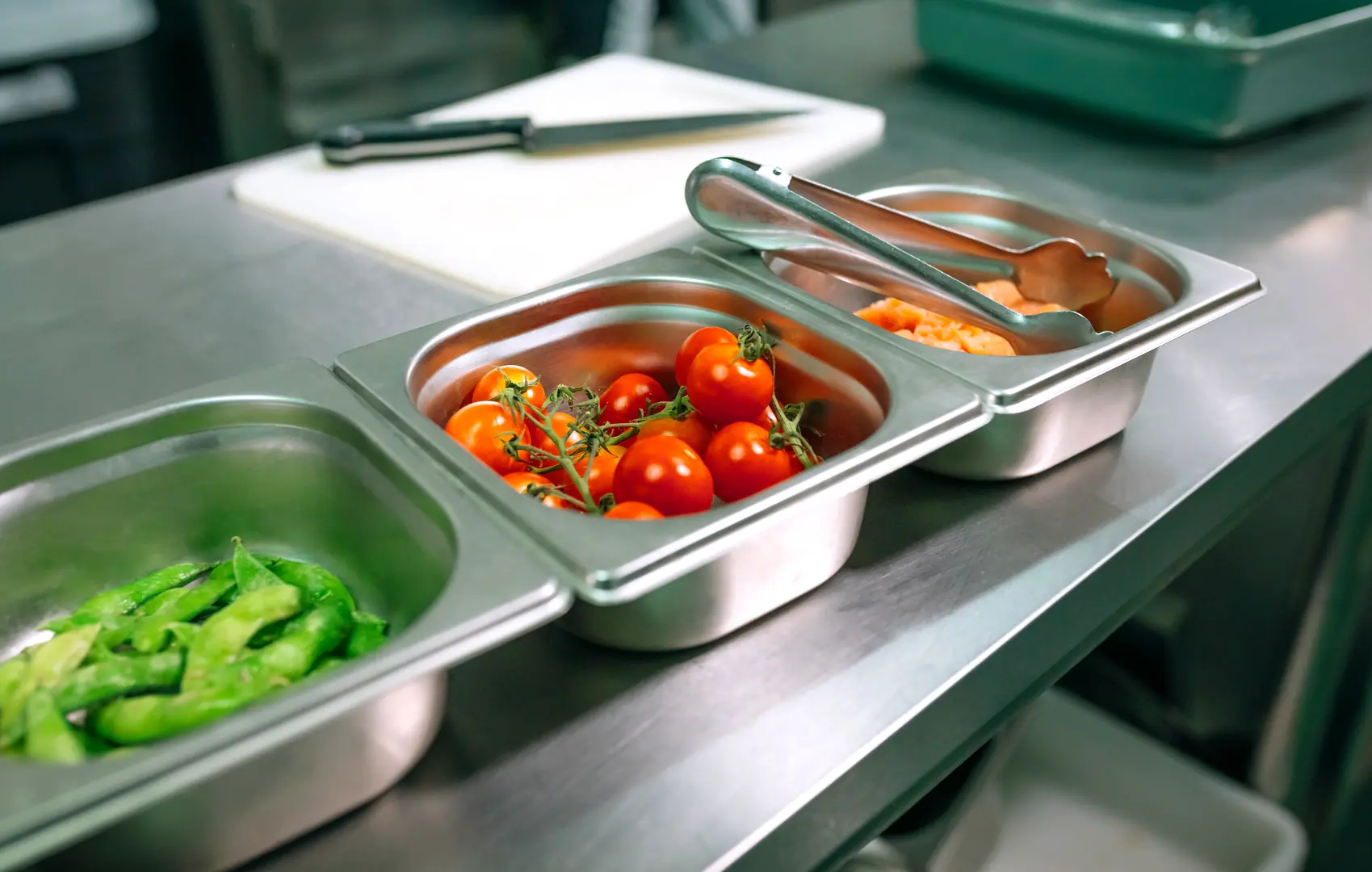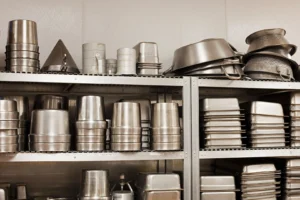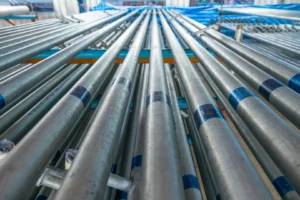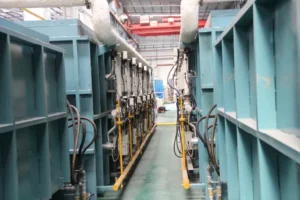Food Grade Stainless Steel Selection Guide: 5 Quality Control Checks
Choosing the wrong steel risks contamination and failure. This can damage your brand's reputation and lead to costly recalls. Our 5-step guide ensures you select the right material every time.
Mastering food-grade stainless steel selection involves five key quality control checks: understanding its importance, verifying alloy composition, inspecting surface finish, evaluating corrosion resistance, and confirming regulatory compliance. These steps ensure safety, hygiene, and durability in food processing applications.
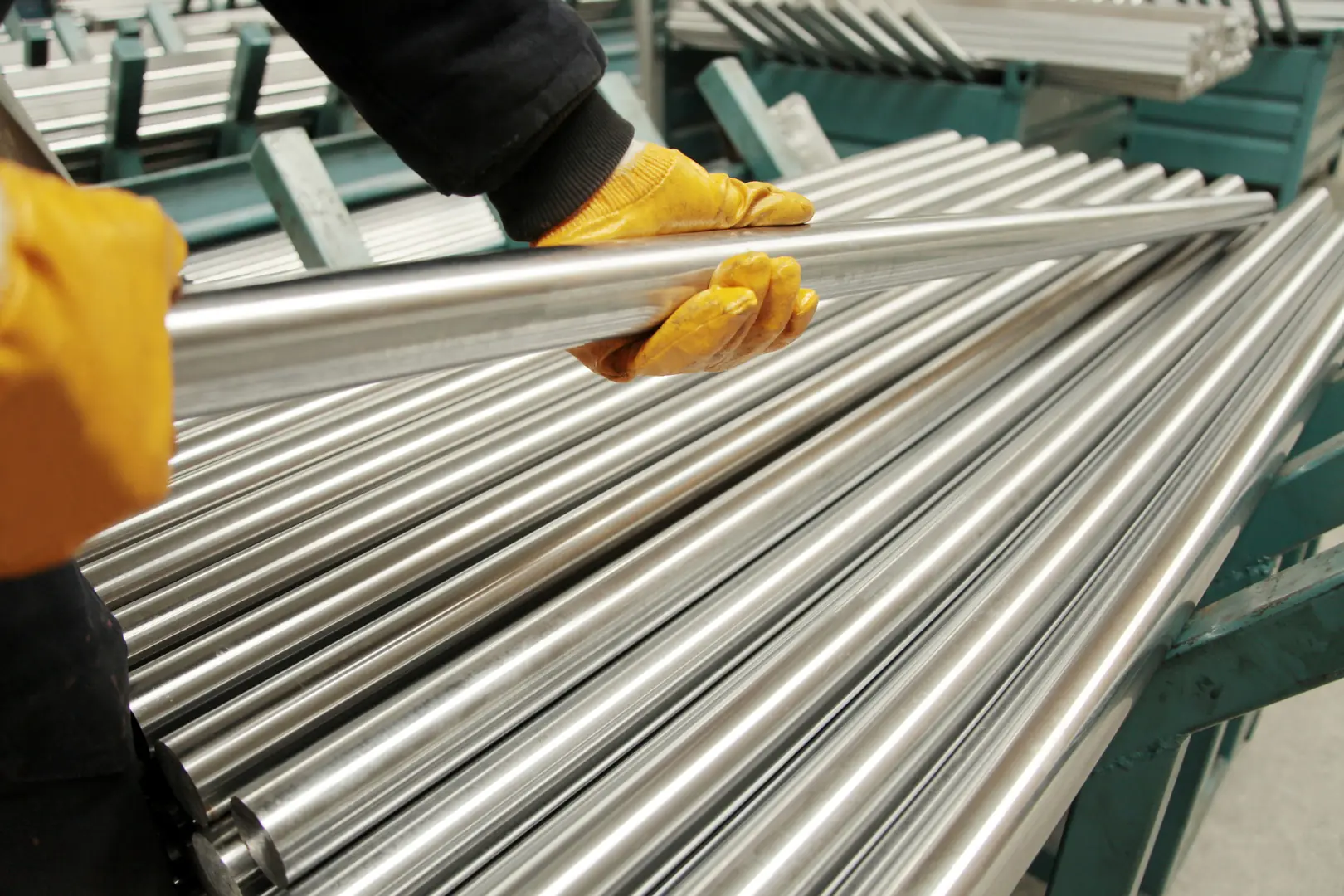
As the Global Business Director for MFY, I've seen firsthand how material selection can make or break a food processing operation. It’s not just about buying steel; it’s about investing in safety, quality, and your company's future. The details matter immensely because, in the food industry, there is no room for error. Let's walk through the five critical checks that my team and I use to guide our partners, ensuring they build their operations on a foundation of absolute trust and integrity.
Why is Understanding the Importance of Food Grade Stainless Steel the First Step?
Underestimating material choice seems like a minor detail. But this oversight can lead to catastrophic safety failures and regulatory violations. Recognizing its importance sets the foundation for a secure and compliant operation.
Understanding the importance of food-grade stainless steel is crucial because it directly impacts consumer safety, brand reputation, and regulatory compliance. The right material prevents contamination, ensuring product integrity from production to consumption.

In my years in this industry, I've learned that the most successful companies don't view material selection as a cost center; they see it as a critical control point. The choice of stainless steel is the very first line of defense against contamination. It’s not just a component in a machine; it is the surface that comes into direct contact with the food that millions of people will consume. Any compromise here is a direct compromise on public health and consumer trust. I remember a client in the beverage industry who faced a product recall due to trace metal leaching from substandard equipment. The financial cost was significant, but the damage to their brand's reputation was far more severe. They learned the hard way that the initial investment in certified, high-quality food-grade steel is insignificant compared to the potential losses from a single quality failure. This is why we, at MFY, always start our client conversations here. We need to establish that this decision is fundamental to their business's long-term health and success.
The Foundation of Consumer Trust
Ultimately, every decision in the food supply chain must build consumer trust. Using the correct grade of stainless steel is a tangible commitment to safety and quality. It demonstrates that a company prioritizes the well-being of its customers above all else. This commitment travels up the supply chain, enhancing your brand's reputation among partners and regulators alike.
Mitigating Business Risk
Beyond trust, this is a matter of pure risk management. Choosing certified food-grade material mitigates the risk of bacterial contamination, chemical leaching, and corrosion that could compromise food products. It ensures compliance with stringent international regulations, preventing legal trouble, fines, and market access restrictions. It is a proactive step that protects your entire operation.
How Do You Check the Stainless Steel's Composition for Food Safety?
All stainless steel can look the same to the naked eye. But the wrong alloy can leach harmful metals into food products. Verifying the chemical composition is your only guarantee of food safety.
You check a stainless steel's composition by requesting a Material Test Certificate (MTC) from your supplier. This document details the exact percentages of elements like chromium, nickel, and molybdenum, verifying it meets food-grade standards like 304 or 316.
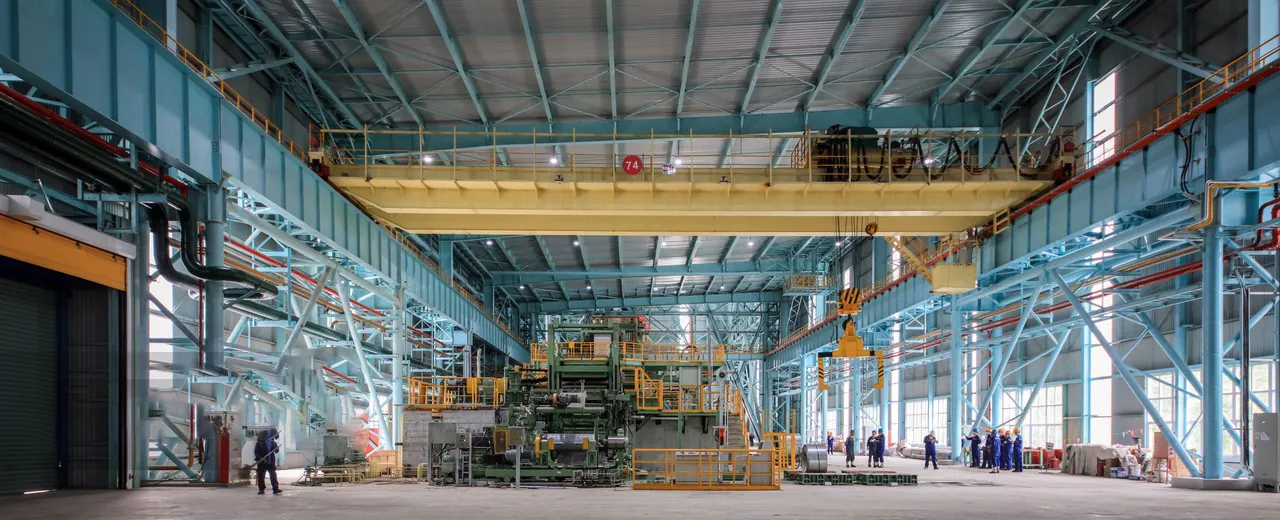
The Material Test Certificate, or MTC, is non-negotiable. It's the steel's "birth certificate," and at MFY, we treat it as such. This document is your proof that the material you received is exactly what you ordered and that it meets the precise metallurgical properties required for food contact. It's a technical document, but understanding the basics is simple. We always guide our clients to focus on the key elements that define a food-grade alloy. Chromium is the hero element—it forms the passive, non-reactive layer on the surface that prevents rust. Nickel adds durability and formability, while molybdenum (found in Grade 316) provides superior resistance to chlorides, like salt. I once worked with a seafood processor who was using 304 grade steel for their brine tanks. They were experiencing premature corrosion, which baffled them. A quick check of their process revealed the high salt content was the culprit. We helped them switch to 316, and the problem was solved. This highlights why verifying the exact composition against your specific application is a critical, practical step.
Key Food-Grade Alloy Comparison
A clear understanding of the most common grades is essential. Here’s a simple breakdown we often share with our partners:
| Grade | Key Elements | Common Applications | Key Benefit |
|---|---|---|---|
| 304 | 18% Cr, 8% Ni | General food processing, tanks, piping, dairy equipment | Excellent all-around corrosion resistance and formability. |
| 316 | 16% Cr, 10% Ni, 2% Mo | Processing acidic foods, brines, sauces, pharmaceuticals | Enhanced resistance to chlorides and acids due to Molybdenum. |
| 430 | 17% Cr, 0% Ni | Utensils, splashbacks, equipment paneling (low corrosion areas) | Lower cost, good for non-critical contact surfaces. |
Always demand an MTC and verify that the composition aligns with the grade you need for your specific food product.
Why is Inspecting the Surface Finish Critical for Hygiene Standards?
A rough surface may seem like a minor cosmetic flaw. But it is a breeding ground that harbors bacteria and biofilms. A smooth, non-porous finish is absolutely essential for effective cleaning and hygiene.
Inspecting the surface finish is critical because microscopic cracks, pits, or rough areas can trap food particles and bacteria, creating hygiene risks. A smooth, non-porous surface, like a 2B or No. 4 finish, is easier to clean and sanitize effectively.

The cleanability of a surface is not just about how it looks; it's about microbiology. I often tell my clients to think of a rough steel surface as a microscopic landscape of mountains and valleys. For bacteria, those valleys are perfect places to hide from cleaning agents and sanitizers, allowing them to multiply and form dangerous biofilms. This is why surface integrity is a non-negotiable aspect of our quality control at MFY. We had a partner in the dairy industry struggling with persistent contamination issues despite a rigorous cleaning protocol. Upon inspection, we found their processing vats had a coarse surface finish from a previous, low-cost supplier. Bacteria were thriving in the microscopic imperfections. We helped them replace the vats with equipment made from our stainless steel with a No. 4 brushed finish. The smoother surface was far easier to clean, and their contamination issues disappeared almost overnight. This experience perfectly illustrates that the right surface finish isn't a luxury; it's a fundamental requirement for food safety.
The Science of Cleanability
The industry measures surface smoothness using a value called Surface Roughness (Ra)[^1]. A lower Ra value means a smoother surface, which is easier to clean and more resistant to bacterial adhesion.
Common Food-Grade Finishes
- 2B Finish: A smooth, moderately reflective cold-rolled finish. It's the standard for a wide range of applications where a polished surface isn't required but good cleanability is.
- No. 4 Finish (Brushed): A polished finish with a visible grain. It offers an excellent balance of aesthetics and hygiene, making it very popular for food processing equipment that is frequently cleaned.
- Electropolished Finish: The highest standard of smoothness, creating a mirror-like, ultra-hygienic surface. It is often used in pharmaceutical and biotech applications where absolute sterility is required.
What is the Best Way to Evaluate Corrosion Resistance for Longevity?
Corrosion can slowly and silently degrade your equipment. This degradation leads to costly replacements and, more dangerously, potential contamination of your product. Proactively evaluating resistance ensures long-term performance and safety.
The best way to evaluate corrosion resistance is by matching the stainless steel grade to the specific food product's environment. For acidic or high-chloride environments (like brines or sauces), Grade 316 is superior to 304 due to its molybdenum content.
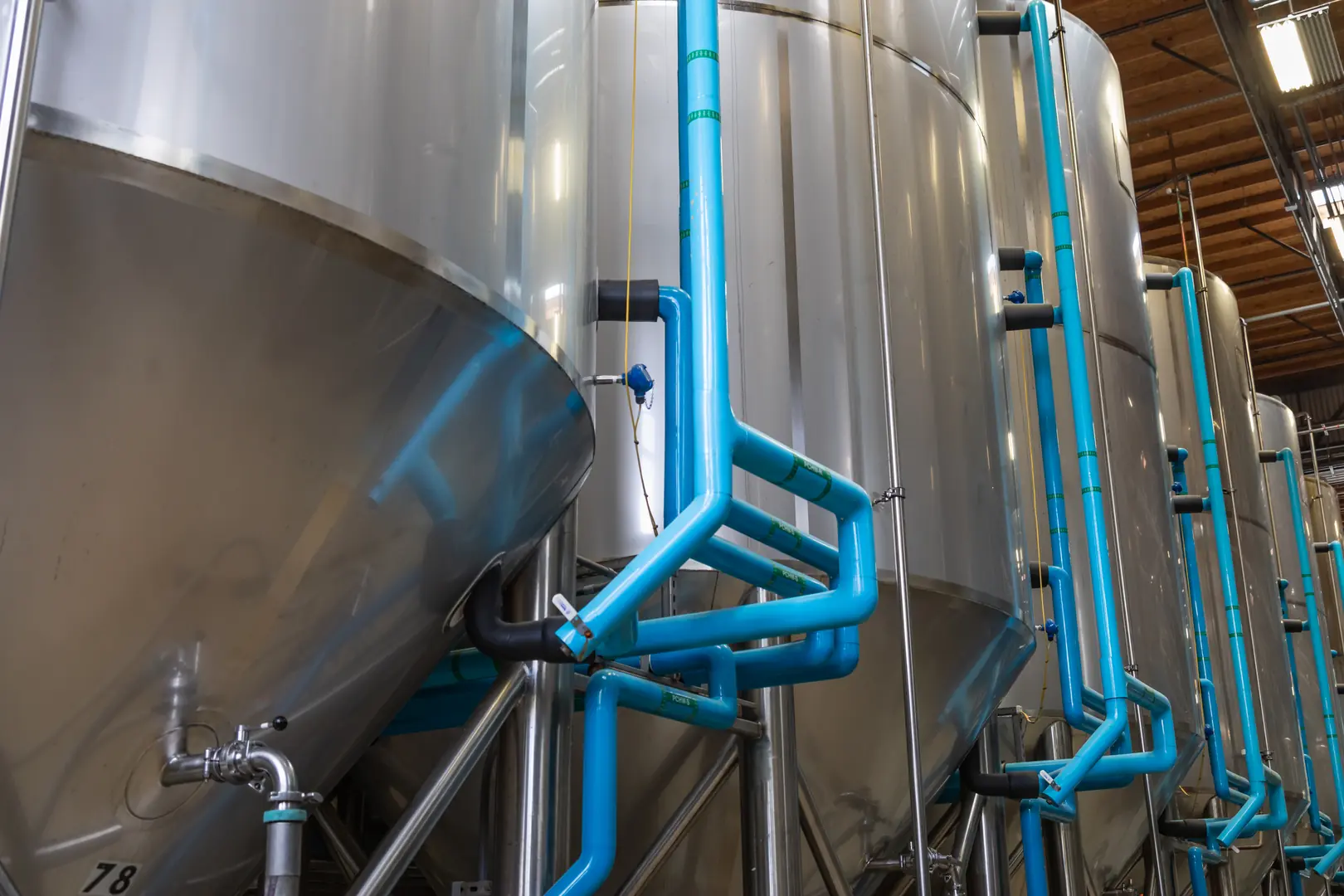
Evaluating corrosion resistance is about looking into the future. You need to anticipate how the steel will interact with your specific products over months and years. Food products can be surprisingly aggressive. Acids from fruits and vegetables, chlorides from salt and seasonings, and harsh cleaning chemicals all wage a constant war on your equipment. Choosing the wrong grade is like sending a soldier into battle with the wrong armor. I worked with a tomato sauce manufacturer who built their entire processing line with 304 stainless steel to save on initial costs. Within two years, they started seeing pitting corrosion[^2] due to the high acidity and salt content of their product. The repair costs and downtime far exceeded the initial savings. This is a classic example that we use to educate our clients. At MFY, we don't just sell steel; we provide solutions. We ask detailed questions about the food products, the cleaning agents, and the operating temperatures to recommend the right grade—usually 316 or higher for such applications—that will provide a long, reliable service life. This proactive approach is key to ensuring operational efficiency and product safety.
Understanding Corrosion Types
- Pitting Corrosion: Small, localized holes that can form in the presence of chlorides. This is a primary reason to choose Grade 316 for salty products.
- Crevice Corrosion: Occurs in tight spaces, like under gaskets or bolt heads, where stagnant solutions can concentrate and attack the steel.
- Stress Corrosion Cracking (SCC): A failure mechanism caused by a combination of tensile stress, a corrosive environment, and temperature.
By understanding these risks, you can work with a knowledgeable supplier to select a material with the right composition to resist them effectively.
How Can You Verify Compliance with Global Regulatory Standards?
Navigating the web of international food safety standards is complex. Non-compliance can block your products from key markets and lead to severe legal and financial penalties. Verifying certifications ensures your equipment and products meet global safety requirements.
You verify compliance by ensuring the material and final product adhere to standards like those from the FDA (USA), EC 1935/2004 (Europe), and GB standards (China). Ask your supplier for documentation proving adherence to these specific regulations for your target market.
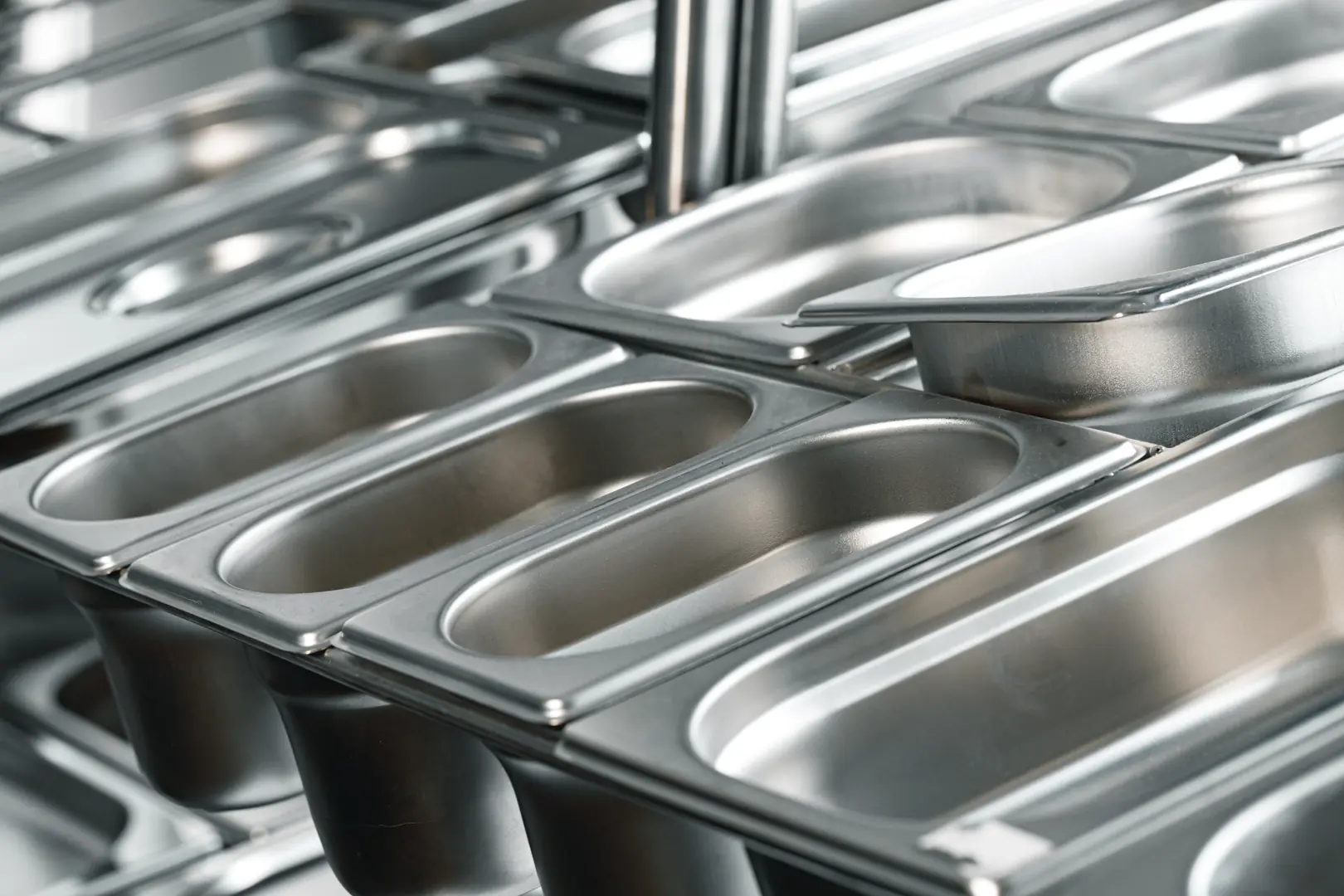
In today's global market, compliance is your passport. If you want to sell your food products in Europe, your equipment must meet European standards. The same goes for the US, China, and every other major market. This is where traceability becomes paramount. You must be able to prove the entire history of your materials. I recently helped a client in Southeast Asia who was expanding into the European market. They were stopped by regulators because they couldn't provide the necessary documentation tracing their stainless steel tanks back to a certified source, as required by EC 1935/2004. We were able to step in and supply them with fully certified and documented materials, which unlocked their market access. This is a core part of our mission at MFY. We provide a complete documentation package with every shipment, ensuring our clients have a clear and unbroken chain of custody. This not only satisfies regulators but also gives our clients—and their customers—complete confidence in the safety and quality of their products.
Key Global Standards at a Glance
| Region | Standard | Key Requirement |
|---|---|---|
| USA | FDA CFR Title 21 | Specifies materials that are generally recognized as safe (GRAS) for food contact. Stainless steel is included. |
| Europe | EC 1935/2004 | Requires that materials do not transfer their constituents to food in quantities that could endanger human health. |
| China | GB Standards (e.g., GB 4806.9) | National standards that regulate food contact materials, specifying composition and safety requirements. |
Always confirm with your supplier that they can provide materials and documentation that comply with the specific standards of your target markets.
Conclusion
By systematically checking composition, surface finish, corrosion resistance, and regulatory compliance, you transform material selection from a guess into a strategic advantage. This five-step process protects consumers, your brand, and your bottom line, ensuring a foundation of safety and quality for your business.
Have Questions or Need More Information?
Get in touch with us for personalized assistance and expert advice.
